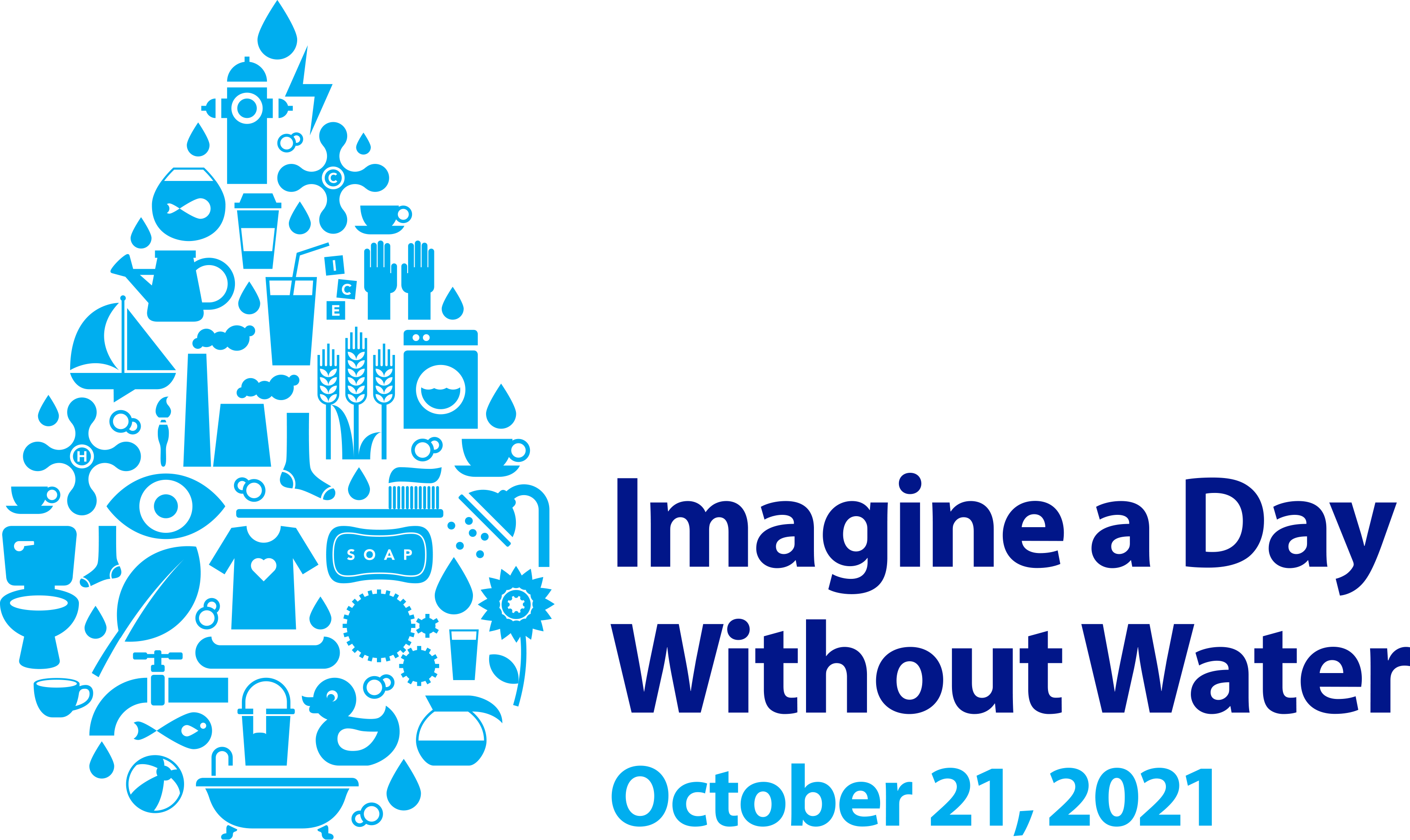Imagine your life without water
Written by: Joanna Birns | 10/21/2022

Imagine a Day Without Water is an annual campaign that encourages us to appreciate all the ways water touches our lives. To celebrate, we wanted to help you really ponder the ways water impacts us and reflect on what a day without water would look like.
Can you imagine a day without water? No water to quench your thirst after a long workout, or wash your hands after being outside all day. You couldn’t boil pasta for dinner or wash the vegetables you bought. When picturing a day without water, some obvious hindrances come to mind. But the reality of a day without water is much more severe that we may realize.
Water touches almost every aspect of our lives – whether we realize it or not. Outside of the basics, like needing water to stay hydrated, using water when you shower, or washing your dishes with water, water grows the food we consume, and is used in vast amounts to produce the clothes and items we use every day. Things you might not expect, like your t-shirt or your cell phone, actually required many gallons of water to create. Most commonly, water is used to fabricate, wash, dilute, or cool the materials used to make products. For example, did you know it takes 659 gallons of water to produce a single t-shirt? Your smart phone used approximately 3,000 gallons of water when it was created, and your car took anywhere from 14,000 gallons to 21,900 gallons. Producing one pound of plastic takes 22 gallons of water, meaning a plastic water bottle took about twice as much water to produce than the water contained in the bottle.
In addition to water’s necessity to create the things we use, it’s also indispensable when it comes to producing the food that we eat. Corn, a vegetable that requires one of the highest amounts of water to grow, takes about 600,000 gallons of water per acre to produce. When you cut that down, corn requires 127 gallons of water to produce one pound.
While corn uses a serious amount of water to grow, red meat requires significantly more. It takes three times as much water to produce red meat than chicken, and two times as much water to produce than pork. Cows must be fed and given water; due to their large size, cows consume vast amounts of food (which takes water to grow) and water. When all is said and done, one single pound of beef uses 1,800 to 2,500 gallons of water to produce!
To meet demand, factories and industries in the US draw over 10 billion gallons per day — contributing to the average American’s water footprint of approximately 2,200 gallons a day.
We know we couldn’t survive without water, and that we use a massive amount of water a day. But where does our water come from? Where is it stored?
Where does your water come from?
About 70% of the water we use originates from surface water — rain or melted snow that runs into rivers, streams, and lakes. The rest of the water we use comes from groundwater — the water stored in the soil after rain or snow. Groundwater requires an aquifer, porous rock that absorbs groundwater, to access as an aquifer helps to contain and draw from the groundwater. Utilities or water providers will often distill water, then transport water through an underground pipe system to you!
However, because our water relies heavily on natural occurrences like rain and snow, global warming plays a major role in water shortages. Scientists warn that within 50 years, many Americans will see their freshwater supply reduced by a third. While we are witnessing storms and heavy rain across parts of the county, the drier areas are getting even drier. As temperatures begin to rise globally, we’re receiving less snow to fill rivers and streams. Increase in temperature also contributes to worsening evaporation, causing us to lose part of the water we store in basins. In addition to having less water, demand for water is increasing. The population has steadily risen, which leads to more water for people to consume and more water used to produce food and items. Just in the past few years, important reservoirs across west America have dropped to the lowest levels we’ve ever seen.
 Lake Oroville – May 23, 2021. Reservoir is at 39% capacity, with the historical low 46%.
Lake Oroville – May 23, 2021. Reservoir is at 39% capacity, with the historical low 46%.
Imagine a day without water
Access to free-flowing, clean water is a privilege. More than 2.2 billion people around the world and over 2 million Americans lack access to clean drinking water — that’s 1 out of every 3 people globally. Communities without access to clean drinking water suffer severely. On this “Imagine a day without water”, we hope you take some time to appreciate the life water gives us as you try to picture what life without water would look like for you — a reality people face every day. We can’t afford to take our most precious natural resource for granted. Appreciate your water, so we can conserve our water.



